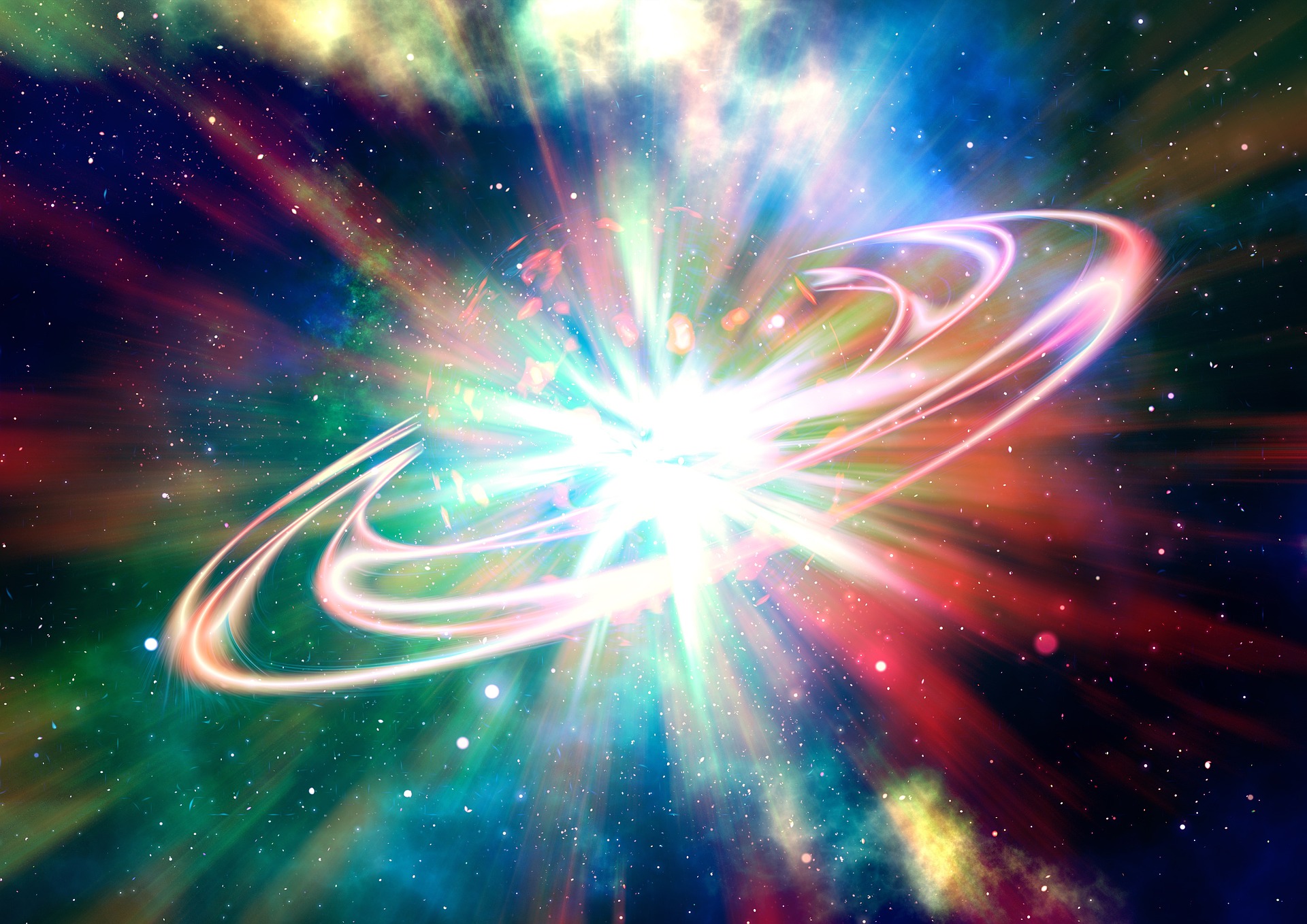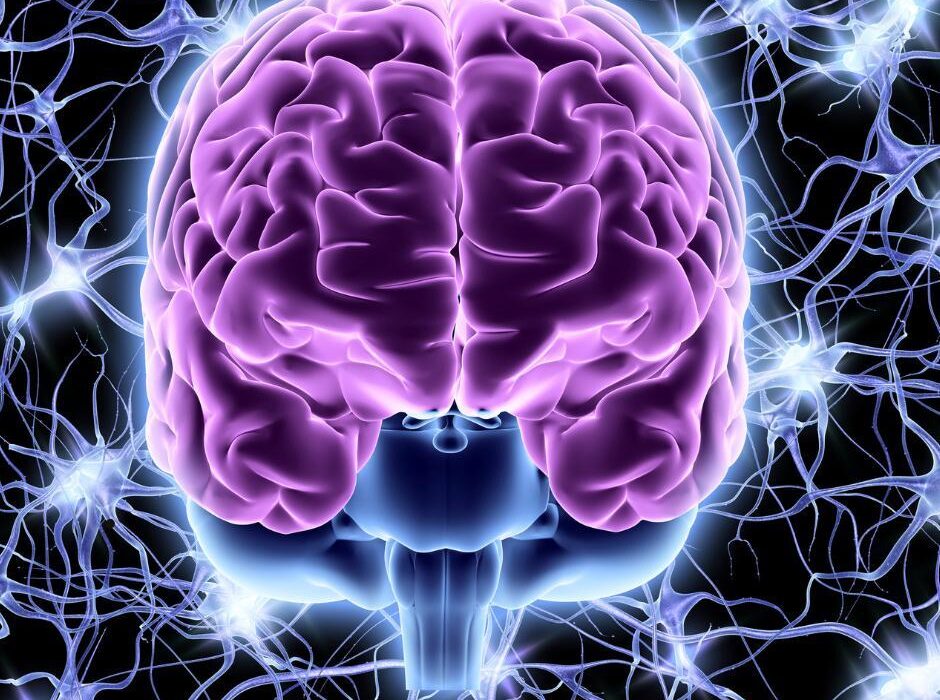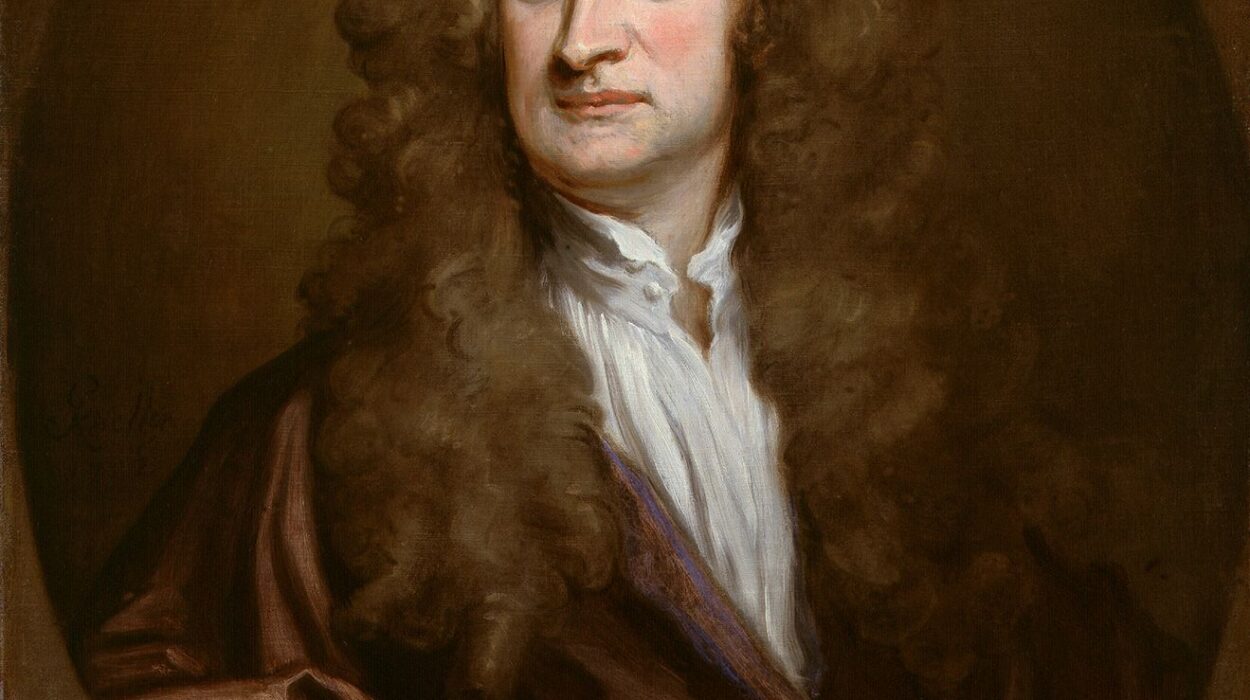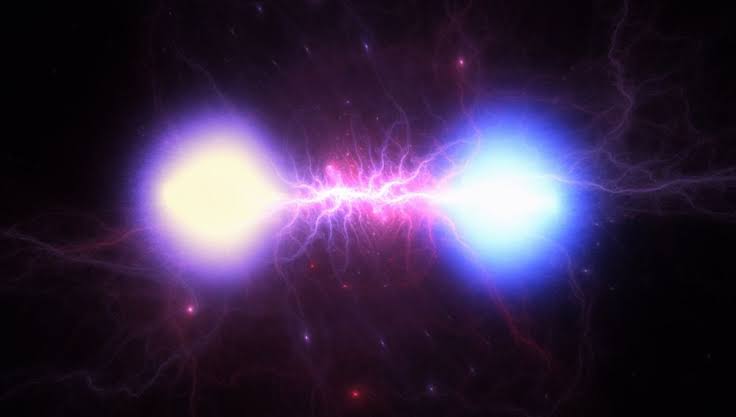From the earliest civilizations, humans have looked to the heavens and wondered at the apparent order of the cosmos. Stars follow predictable paths, rivers carve their way to the sea, seasons come and go with rhythmic precision. Yet beneath this apparent harmony lies complexity: storms rage, earthquakes tremble, and galaxies collide in violent beauty. The desire to understand these patterns—to discover the underlying laws that govern the universe—has driven human inquiry for millennia. The dream of a unified theory of everything, a single framework capable of explaining all physical phenomena, is the modern manifestation of this age-old curiosity. It is a pursuit that bridges philosophy, mathematics, and the most advanced experiments of contemporary physics.
The concept is deceptively simple in words: a single, elegant set of principles from which all forces and particles in the universe emerge. But in practice, this dream confronts humanity with some of the deepest and most intricate questions imaginable. What is space? What is time? Why do particles have the masses they do? How does gravity, the force shaping galaxies, reconcile with quantum mechanics, the framework governing subatomic particles? These questions are not merely academic; they strike at the heart of our understanding of reality itself.
The Foundations of Modern Physics
To appreciate the quest for a unified theory, it is necessary to understand the two pillars of modern physics: general relativity and quantum mechanics. Each is a triumph of human intellect, yet each describes the universe in vastly different terms.
In 1915, Albert Einstein introduced the general theory of relativity, a radical departure from Newtonian physics. Einstein proposed that gravity is not a force acting at a distance, as Newton had envisioned, but a manifestation of the curvature of spacetime itself. Massive objects like stars and planets bend the fabric of space and time, and smaller bodies follow the contours of these distortions. The predictive power of general relativity has been confirmed repeatedly: it explains the precession of Mercury’s orbit, the bending of light by gravity observed during solar eclipses, and, more recently, the detection of gravitational waves rippling across the cosmos.
Yet general relativity describes only the macroscopic realm. It is exquisitely accurate for stars, planets, and galaxies, but it falters when applied to the subatomic world. Here, quantum mechanics reigns supreme. Developed during the early twentieth century, quantum theory reveals a universe that is fundamentally probabilistic. Particles can exist in multiple states at once, interact through discrete quanta of energy, and manifest behaviors that defy classical intuition. Quantum electrodynamics, quantum chromodynamics, and the Standard Model of particle physics provide a framework for understanding electromagnetic, weak, and strong nuclear forces. Experiments at particle accelerators around the world have confirmed these theories to extraordinary precision.
The problem, however, is that these two pillars are incompatible. General relativity is continuous and deterministic; quantum mechanics is discrete and probabilistic. Attempts to apply the equations of general relativity at quantum scales, such as inside black holes or at the moment of the Big Bang, produce nonsensical infinities. Physicists have long sought a single framework that can reconcile these two descriptions—a theory of everything, or TOE.
Early Attempts at Unification
The dream of unifying physics is older than modern theories. In the late nineteenth century, James Clerk Maxwell achieved one of the first great unifications by showing that electricity and magnetism were two aspects of a single electromagnetic force. Maxwell’s equations not only explained a wide range of phenomena but predicted the existence of electromagnetic waves, which would later be identified as light. This success inspired the hope that all forces might one day be united.
Einstein himself spent decades searching for a unified field theory, seeking to merge gravity with electromagnetism. He explored numerous mathematical frameworks, experimenting with higher dimensions, tensors, and novel geometries. Yet despite his brilliance, he was ultimately unsuccessful. Part of the difficulty was conceptual: the discovery of the weak and strong nuclear forces, unknown in Einstein’s time, complicated the picture. A unified theory would have to encompass four fundamental interactions: gravity, electromagnetism, the weak nuclear force, and the strong nuclear force.
The mid-twentieth century brought further progress. Physicists developed the Standard Model, unifying the electromagnetic, weak, and strong forces under a single framework using quantum field theory. The discovery of the Higgs boson in 2012 confirmed the mechanism by which particles acquire mass, lending extraordinary credence to the Standard Model. Yet gravity remained conspicuously absent, resistant to the methods that had successfully explained other forces. Any TOE must somehow incorporate Einstein’s geometric vision of gravity into the quantum realm—a task that has proven extraordinarily difficult.
String Theory: The Contender
Among the most promising approaches to a unified theory is string theory. Emerging in the late twentieth century, string theory replaces the notion of point-like particles with one-dimensional “strings” that vibrate at specific frequencies. These vibrations correspond to different particles, much like different notes emerge from a vibrating violin string. In principle, string theory can accommodate all known particles and forces, including gravity, suggesting a path toward unification.
Yet string theory brings profound challenges. For one, it predicts the existence of extra spatial dimensions beyond the familiar three, often requiring up to ten or even eleven dimensions to maintain mathematical consistency. These dimensions are hypothesized to be compactified, curled up so tightly that they are imperceptible to current experiments. String theory also lacks definitive experimental confirmation; the energies required to probe its predictions are far beyond what present-day particle accelerators can achieve. Critics argue that the theory is mathematically elegant but physically untested, leaving the dream of unification tantalizingly out of reach.
Loop Quantum Gravity and Alternative Paths
Not all physicists place their faith in strings. Loop quantum gravity, for example, seeks to quantize spacetime itself rather than introducing additional dimensions. In this approach, space is composed of discrete “loops” that form a granular structure at the Planck scale, roughly 10^-35 meters. This theory offers the promise of resolving the singularities predicted by classical general relativity, such as the center of black holes, while remaining compatible with quantum principles.
Other approaches involve emergent gravity, twistor theory, and attempts to reformulate quantum mechanics itself. Each framework offers partial glimpses of unity, yet none has achieved the completeness or experimental confirmation required to claim the title of theory of everything.
The Philosophical Dimensions of Unity
The quest for a unified theory is not merely scientific; it is profoundly philosophical. It touches on questions that have haunted humanity for millennia: Are the laws of physics uniquely determined, or could they have been otherwise? Does the universe possess an underlying simplicity, or is it irreducibly complex? Einstein himself was motivated not only by empirical curiosity but by a deep aesthetic intuition: the belief that the universe is intelligible, that its apparent chaos masks a hidden order.
In this sense, the pursuit of a TOE is also a reflection of human desire for coherence. It is the search for patterns, for a narrative in which all phenomena—microscopic and cosmic—fit into a single framework. Even in the absence of experimental proof, the mathematical elegance of candidate theories inspires wonder and imagination, shaping how we perceive the universe.
Challenges on the Road to Unification
Despite decades of theoretical exploration, the path to a unified theory is strewn with obstacles. One of the central challenges is the energy scale at which unification might occur. Gravity is extraordinarily weak compared to other forces; at everyday scales, it is nearly negligible, yet it dominates the behavior of planets and galaxies. Reconciling this disparity requires probing phenomena at energies near the Planck scale, approximately 10^19 GeV, far beyond current technological capabilities.
Furthermore, the mathematical structures of candidate theories are highly abstract. String theory, for instance, involves complex topologies, Calabi–Yau manifolds, and multi-dimensional symmetries. These formulations are not only difficult to visualize but also demand levels of mathematical sophistication accessible only to a small fraction of the scientific community. Verifying these predictions through experiment is correspondingly daunting.
There are also conceptual puzzles. Quantum mechanics is probabilistic, while general relativity is deterministic. Merging these paradigms without sacrificing the predictive power of either requires rethinking fundamental assumptions about space, time, and causality. Some theorists speculate that the ultimate TOE may challenge the very notion of a classical universe, replacing it with a deeper, more subtle reality that defies conventional intuition.
The Role of Cosmology and Black Holes
Recent advances in cosmology have added urgency to the search for unification. Observations of the early universe, cosmic microwave background radiation, and the accelerated expansion of space suggest that our current theories are incomplete. Dark matter and dark energy, which together constitute over 95 percent of the universe’s content, remain mysterious. Any comprehensive TOE must account for these phenomena, revealing why the universe has the structure we observe and how its unseen components influence cosmic evolution.
Black holes, too, are laboratories for unification. Inside a black hole, matter is compressed to densities where quantum effects and gravitational curvature are equally significant. Resolving the paradoxes associated with black hole singularities and information loss may provide critical insights into the quantum structure of spacetime. In this sense, the universe itself, in its most extreme environments, is testing humanity’s understanding, challenging physicists to reconcile the very large with the very small.
The Human Dimension of Discovery
The search for a unified theory is also a profoundly human story. It is a tale of imagination, persistence, and collaboration. From Einstein’s solitary thought experiments to the massive international collaborations of the Large Hadron Collider, science is both a personal and collective endeavor. The quest demands not only intellect but creativity, intuition, and the courage to confront paradoxes that stretch the limits of understanding.
Physicists working on unification often speak of aesthetic criteria—mathematical elegance, simplicity, symmetry—as guiding principles. This reflects a deep human desire for beauty in knowledge, echoing the ancient idea that the universe is ordered not only in fact but in form. In striving for a TOE, scientists are continuing a tradition that stretches back to Plato, Newton, and beyond: the belief that reality, in its ultimate essence, is coherent and comprehensible.
The Present State of the Quest
Today, the unified theory of everything remains elusive. String theory, loop quantum gravity, and other approaches offer promising pathways, yet no candidate has been experimentally confirmed. Particle physics continues to probe the Standard Model at unprecedented energies, while astronomers map the cosmos with extraordinary precision. Each discovery—whether the Higgs boson, gravitational waves, or cosmic microwave anomalies—provides clues, yet the full picture remains tantalizingly out of reach.
Some theorists argue that the universe may resist complete unification, that its complexity might be irreducible. Others maintain that a deeper framework exists, hidden beneath our current understanding, waiting for the next conceptual breakthrough. The history of science suggests that human ingenuity often surpasses expectation; what seems unattainable today may become clear tomorrow.
Conclusion: The Endless Horizon
The search for a unified theory of everything is more than a scientific quest; it is a reflection of humanity’s enduring curiosity and desire for coherence. It embodies the tension between the known and the unknown, the finite and the infinite, the empirical and the philosophical. Every advance, whether experimental or theoretical, deepens our understanding of the universe and our place within it, even as it opens new mysteries.
In the end, the TOE is both a goal and a journey. It represents the hope that the cosmos, in all its vastness and complexity, follows a set of principles accessible to the human mind. Yet the journey itself—filled with wonder, struggle, and insight—reveals something equally profound: the capacity of human imagination to grasp, however imperfectly, the structure of reality.
The horizon of knowledge stretches infinitely, but humanity continues to walk toward it, guided by the light of curiosity and reason. Whether a unified theory will ever be fully realized remains unknown, yet the pursuit itself enriches our understanding and connects us to the cosmos in ways that are both humbling and inspiring. In seeking the ultimate laws of nature, we discover the boundless potential of the human spirit.






